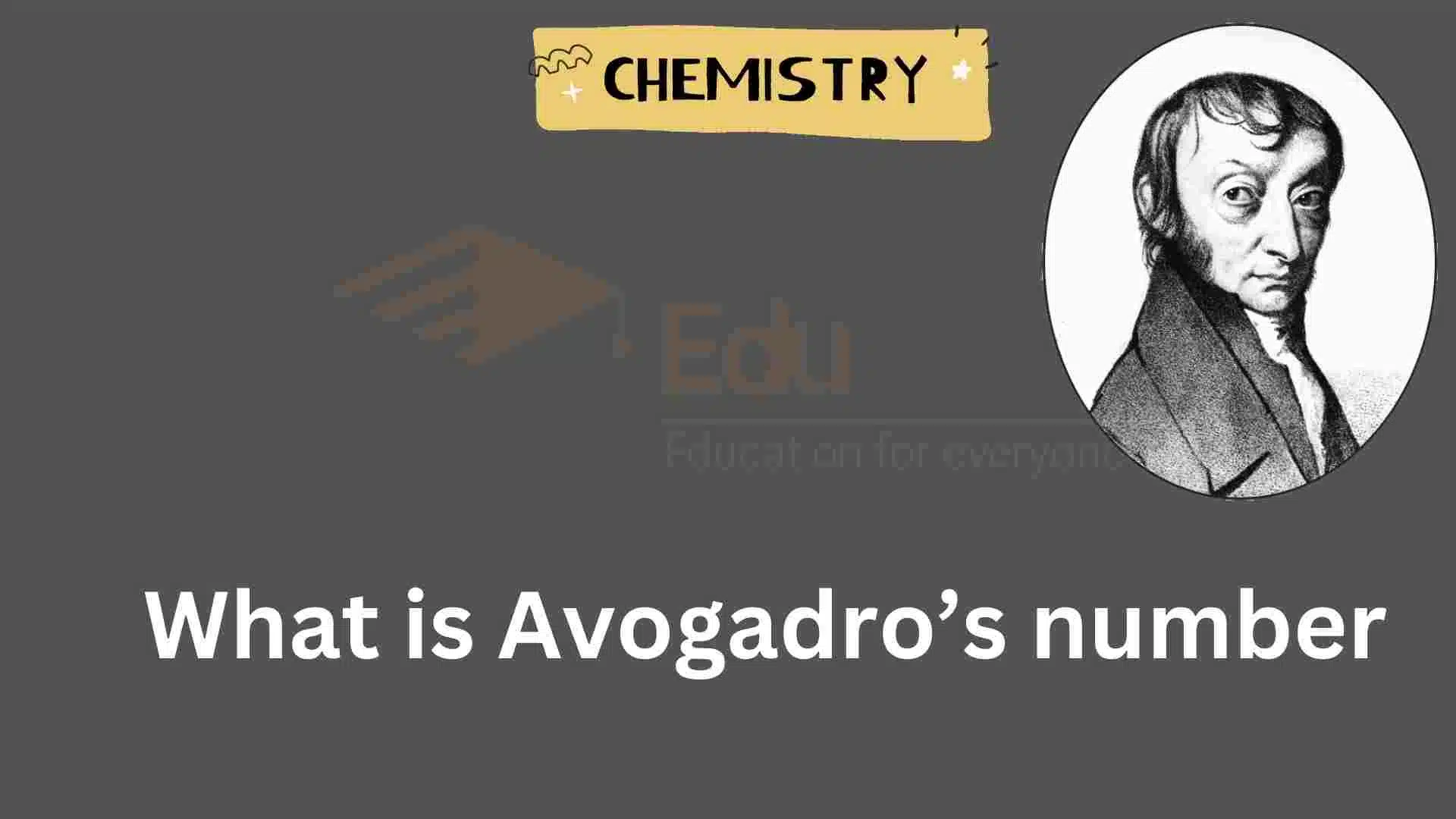What is molecular formula in chemistry?
A chemical formula that gives the actual number of atoms present in a compound.
Molecular formulas give the type and number of atoms of each element present in a molecular compound.
For example, the molecular formula of benzene is C6H6 while that of glucose is C6H12O6.
The empirical formula of benzene and glucose are CH and CH2O respectively, so for these compounds, the molecular formulas are the simple multiple of empirical formulas.
Molecular formula = n(empirical formula)
Where “n” is the simple integer. In many cases, the molecular formula is the same as the empirical formula.
For example, H2O, CO2, and NH3 have the same empirical and molecular formulas. Their simple multiple “n” is unity. The value of “n” is the ratio of molecular mass and empirical formula mass of a substance.
n = Molecular mass / Empirical formula mass
Problem
The combustion analysis of an organic compound shows it to contain 65.44% carbon, 5.50% hydrogen, 29.06% oxygen. What is the empirical formula of the compound? If the molecular mass of this compound is 110.15 g/mol. Calculate the molecular formula of the compound.
Solution:
First of all, divide the percentage of each element by its atomic mass to get the number of gram atoms or moles.
No of gram atoms of carbon = 65.44/12 = 5.45
No of gram atoms of hydrogen = 5.50/1.008 = 5.46
No of gram atoms of oxygen = 29.06/16 = 1.82
Divide the number of gram atoms by the smallest number i.e 1.82
| C | H | O |
| 5.45/1.82 | 5.46/1.82 | 1.82/1.82 |
| 3 | 3 | 1 |
Carbon, hydrogen and oxygen are present in the given organic compound in the ratio of 3:3:1. So the empirical formula is C3H3O .
In the order to determine the molecular formula, first, calculate the empirical formula mass.
Empirical formula mass = 12 x 3 + 1.008 x 3 + 16 = 55.055
Molar mass of compound = 110.15
n = Molar mass of compound/ Empirical formula mass
n = 110.15/55.05 = 2
Molecular formula = n (empirical formula)
= 2 (C3H3O) = C6H6O2
What are the rules to write molecular formula?
The rule for writing chemical formula is as follow: First, write the symbols with positive charge valency first. Secondly, write the valency of each atom on the top of its symbol. Thirdly, divide the valency number by their highest common factor ignoring the positive or negative radicle.
What is the easiest way to learn the molecular formula?
- Use the Periodic Table. To write chemical formulas, acquaint yourself with chemical symbols, most easily found on the periodic table of elements. …
- Identifying Chemical Symbols. …
- Determining the Valence. …
- Balancing the Charges. …
- Writing the Chemical Formula.
FAQs
What does a molecular formula tell us?
A molecular system tells us which atoms and what number of every form of an atom is found in a molecule.
What does the molecular formula not show?
The molecular formulation does now no longer imply how the atoms are organized withinside the molecule. The empirical formulation tells the bottom whole-wide variety ratio of factors in a compound. The empirical formulation does now no longer display the real wide variety of atoms.
Why is molecular formula important?
The molecular formula is most useful when you wish to know how many atoms of the elements are present in the compound. It gives more information than the empirical formula and is therefore more common. The molecular formula is especially important when you start to work with organic chemistry.






Leave a Reply